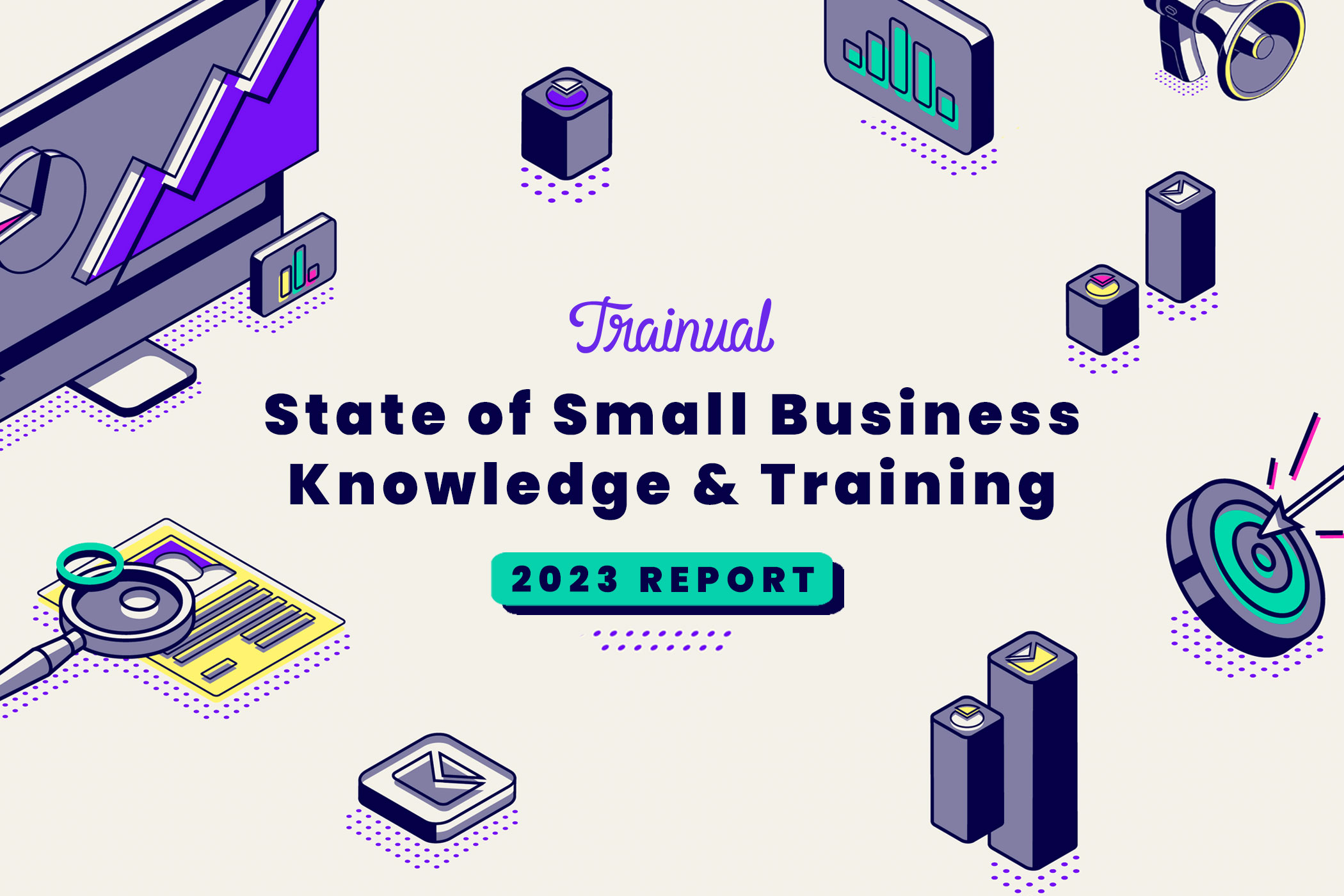
November 30, 2022

🎶 “All I want for Christmas… is a winning trademark bid.” 🎶 – Mariah Carey, AKA not-the-Queen-of-Christmas (not an exact quote, but… it should be).
Hot off the SMB press this week:
But first, here are some headlines that caught our attention this week.
TL;DR
STRAIGHT-UP FACTS

Numbers don’t lie.
What do companies with the highest revenue, performance, and retention all have in common? For the sake of small business science, we were determined to find out. So we surveyed nearly 600 SMB leaders in over 20 different industries to produce our first annual State of Small Business Knowledge & Training report.
We collected data on small businesses’ approach to their training and knowledge initiatives over the past few years and where they landed in 2022. The results: some logical, others surprising, but overall, crystal clear — prioritizing documentation of key company information (like policies and processes) is essential to not just your growth but your bottom line.
Alright, what else did you find?
Glad you asked! Here are five key findings that you can use to guide your business as you grow and scale in 2023.
👉 Check out the next three insights.
KICK IT TO THE CURB

It’s time to take out the trash.
We’re not talking about the takeout containers, crumpled Post-Its, and La Croix cans pilling up in your office garbage cans.
We’re talking about the waste you can’t see: business waste. The inefficiencies littered throughout your business that tend to stay hidden but can make a large impact over time. Business waste may seem innocuous, but it’s costing you both time and money.
Where do I find business waste?
We asked ourselves that same question — so we got in contact with Trainual certified consultant Greg Gunther of Your Business Momentum, who has a three-step guide to help business leaders identify and get rid of the waste weighing down their businesses:
1. Identify the business waste holding your company back.
The first step to eliminating business waste is actually pointing out where it exists in your business. But if this is your first time ever hearing about business waste, how do you know where to start?
Look no further than Greg’s Business Waste Checklist. Based on the guiding principles that define Toyota’s organizational culture, the list focuses on the seven wastes common in most businesses — things like overproduction, inappropriate processing, and waiting.
2. Calculate how much business waste is costing you.
So, you have a list of business waste that’s affecting your bottom line. But not all business waste is created equal — determining how much your waste is actually costing you can help you figure out the best way to start tackling it.
With the Waste Audit, you can cross-reference the ease of removing the waste with the impact it will have on your business’ bottom line. That way, you’re eliminating the waste that is both easy to remove and saves you the most time and money.
WE HAVE A PODCAST

Mariah Carey is blasting at your local Macy’s, and you know what that means: Time for annual strategic planning and forecasting. And to show you how we tackle this at Trainual, Chris sat down with our director of finance and king of the spreadsheet, Drew Romney, on Organize Chaos to talk about how businesses should think about forecasting (they even have a fun little exercise with waterfall charts!).
Only have 10 minutes to spare? Check out these mini pods: